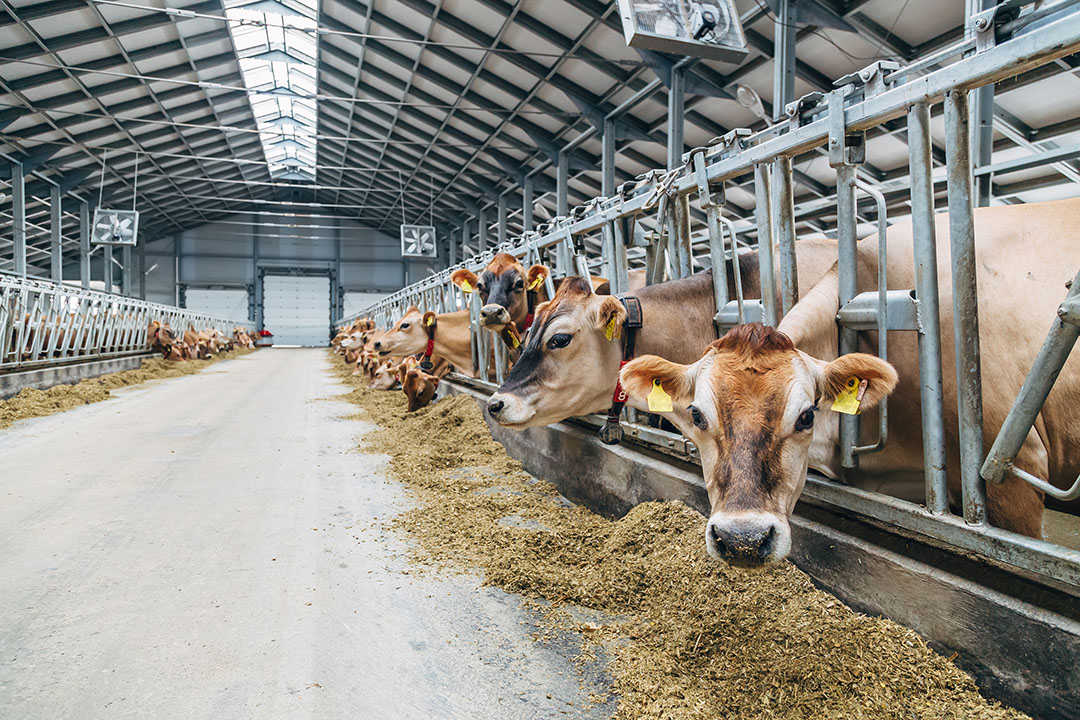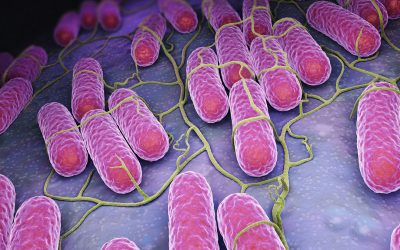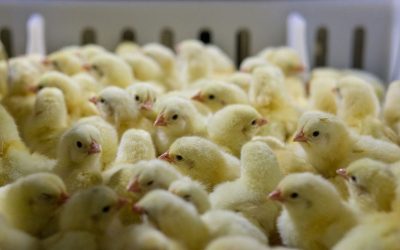Optimising milk fat: A year-round challenge

Dairy markets are rewarding higher fat in milk. How can producers sustain high levels year-round?
Dairy producers typically experience a seasonal slump in milk fat concentration that accompanies prolonged hot weather. Lower milk fat is a disadvantage in developed dairy markets today where the ‘butter market’ has been relatively strong even as the markets overall have remained weak.
In the USA, for example, milk fat revenues made up more than 50% of total dairy revenues for many operations last year. So sustaining high milk fat concentration year-round has become a major factor in the overall success of the dairy operation. Producers have found that reducing or preventing the usual summer or seasonal hot weather decline in milk fat concentration can significantly benefit profitability.
“Most dairy producers and nutritionists recognise a seasonal change in milk fat that is sometimes attributed to changes in forage sources, weather, or herd days-in-milk,” notes Dr Kevin Harvatine, Associate Professor of Nutritional Physiology at Pennsylvania State University, in his report ‘Managing Milk Fat Depression’. “A very repeatable seasonal pattern is observed in milk fat and protein concentration in all milk markets….”
High demand for milk fat
In the USA, says Dr Bill Sanchez, Ruminant Technical Services Specialist with Diamond V, where milk fat can account for more than half of milk revenue for most producers, there is a strong incentive to optimise milk fat production. As a result, Dr Sanchez notes, “Leading producers are very skilled at minimising summertime milk fat lows.”
Even so, Michigan State University dairy researcher Dr Adam Lock has pointed out, “Troubleshooting milk fat issues on dairy farms remains one of the more challenging tasks within overall nutritional management of dairy cows.”
Dr Lock previously authored a University of Vermont report, ‘Understanding the causes of milk fat depression: From basic concepts to practical application’, which states, “While milk fat depression has been observed over a wide range of feeding situations, experience indicates that it occurs as a result of several concurrent diet or management factors rather than as a result of a single factor.”
Minimising PUFA
2 things are necessary for milk fat depression (MFD) to occur:
- the presence of polyunsaturated fatty acids (PUFA) and
- an altered ruminal fermentation.
However, the degree of MFD can vary from one situation to another.
PUFA come primarily from plant oils that are present in almost all dairy diets. In the USA, the primary source is corn (maize) oil from corn grain or corn silage. Additional, higher amounts of PUFA come from feedstuffs like dried distillers grains with solubles (DDGS), some bakery co-products, soy oils (with higher PUFA in some soy protein sources), and certain animal fats. The amount of PUFA each cow can tolerate depends on the stability of her rumen environment, so ‘saving’ money on feed in the short term can lead to reduced milk fat and a greater financial loss later.
All PUFA are toxic to ruminal bacteria, which try to saturate the double bonds in PUFA by adding hydrogen atoms so that the fatty acids (FA) do not harm the bacteria. This saturation process forms different types of FA. If these FA pass out of the rumen before they have been more completely saturated, then they may be in a form that can result in severe MFD. Certain 18 carbon length (C18) unsaturated fatty acids are a principal cause of MFD.
The safest approach is to minimise the amount of PUFA in the diet as much as possible. Nonetheless, PUFA are a normal component of dairy feeds, and cows and their rumens can certainly handle some quantity.
Avoiding alterations in rumen fermentation
The amount of PUFA needed to start causing MFD is highly influenced by rumen stability. The more stable the rumen, the lower the outflow from the rumen of milk fat depressing fatty acids.
Dairy producers can think about feed management in their operations and how it could be influencing ruminal stability. For example, the following factors can impact the rumen microbiome and resulting fermentation:
- Feed sorting
- Feed not being available along the entire bunk
- Larger, less frequent meals
- Sub-acute rumen acidosis
- Heat stress
Also, Dr Lock has conducted research where the amount of the milk fat depressing fatty acid (trans-10, cis-12 CLA) produced was significantly reduced when cows were fed a commercially available Saccharomyces cerevisiae fermentation product.
Feeding saturated fatty acids
To cope with the seasonal downturn in milk fat concentration, experts advise feeding saturated fatty acids, particularly palmitic acid. In his guide ‘Nutritional management of milk fat’, Dr Lock notes that both palmitic (C16) and stearic (C18) fatty acids appear to be inert in the rumen and not implicated in MFD. In reviewing the research, he points out that researchers have found that palmitic acid supplementation induces a higher milk fat response in both concentration and yield. Also, it appears that the uptake efficiency of the mammary gland is higher for palmitic acid than for other fatty acids.
A study by Dr Lock and colleagues found that feeding an 85% palmitic acid fat supplement (2% dietary dry matter) improved milk fat concentration and yield by 8% as well as efficiency of feed conversion into milk compared to a non-fat supplemented diet.
Taking steps to support rumen health and beneficial microbial balance will help improve dairy efficiency and optimise dairy cattle performance – including milk fat concentration during hot summer months. Diamond V is actively researching this area. For any questions on milk fat optimisation, contact your Diamond V representative.
Summary suggestions
- Diet: Minimise polyunsaturated fatty acids (PUFA), including DDGS, certain bakery co-products, soy oils, certain animal fats
- Management: Avoid altering rumen fermentation, which can result from poor feed bunk management, feed sorting, heat stress, etc.
- Management: Feed between milkings (rather than at milking time), thus increasing meal number while decreasing the size of each meal
- Diet: Consider feeding saturated fatty acids, including palmitic fatty acid (C16)
- Diet: Feed to support rumen health, including a balanced rumen microbiome.
References available upon request
Author: Bill Stone, Director, Ruminant Technical Services, Diamond V




